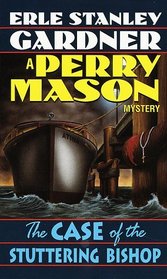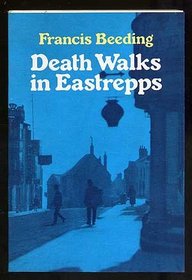Put on by Cunning by Ruth Rendell
Review by Matt B. (BuffaloSavage)
The US title is Death Notes, maybe because publishers thought that American readers would not connect with the Hamlet allusion and Death Notes evokes Agatha Christie, queen of the red herrings and doubtful identities. This 1981 mystery is the 11th of 24 crime novels, released from 1964 to 2013, starring the crime-solving Chief Inspector Reg Wexford and his sidekick Mike Burden, set in the fictional Sussex town of Kingsmarkham.
Old, deaf, and fragile, Sir Manuel Camargue slips on a snowy bank, falls into a cold river and dies under the ice. So it’s ruled by the coroner a death by misadventure. Or was there something more going on? Because it turns out that the celebrity flautist was about to get married to a woman young enough to be his daughter, young enough to be a contemporary of Sheila, the TV star daughter of Reg Wexford. Inspector Wexford wonders why Carmague’s daughter Natalie Arno, who had been estranged from her father for almost twenty years, had suddenly returned to England from LA to visit her father.
Carmague’s fiancé appeals to Wexford for help, believing that Natalie is using a fake identity, because Carmague believed the woman who visited him was an impostor. It does not take long for Reg to hit a dead end. In fact, his superior tells him bluntly to drop the case. Because his well-paid TV star daughter doesn’t let him use his nest egg to pay for her wedding, Reg takes his wife Dora to California to investigate Natalie’s tracks there.
Some might claim that this is not nearly Rendell’s strongest story due to too many coincidences and too many strange turns. But so be it, says me. Nobody wrote mysteries like Ruth Rendell, who balanced foreboding and menace with humanity, common sense, and a dash of humor. The reader can tell she was a dog lover.








